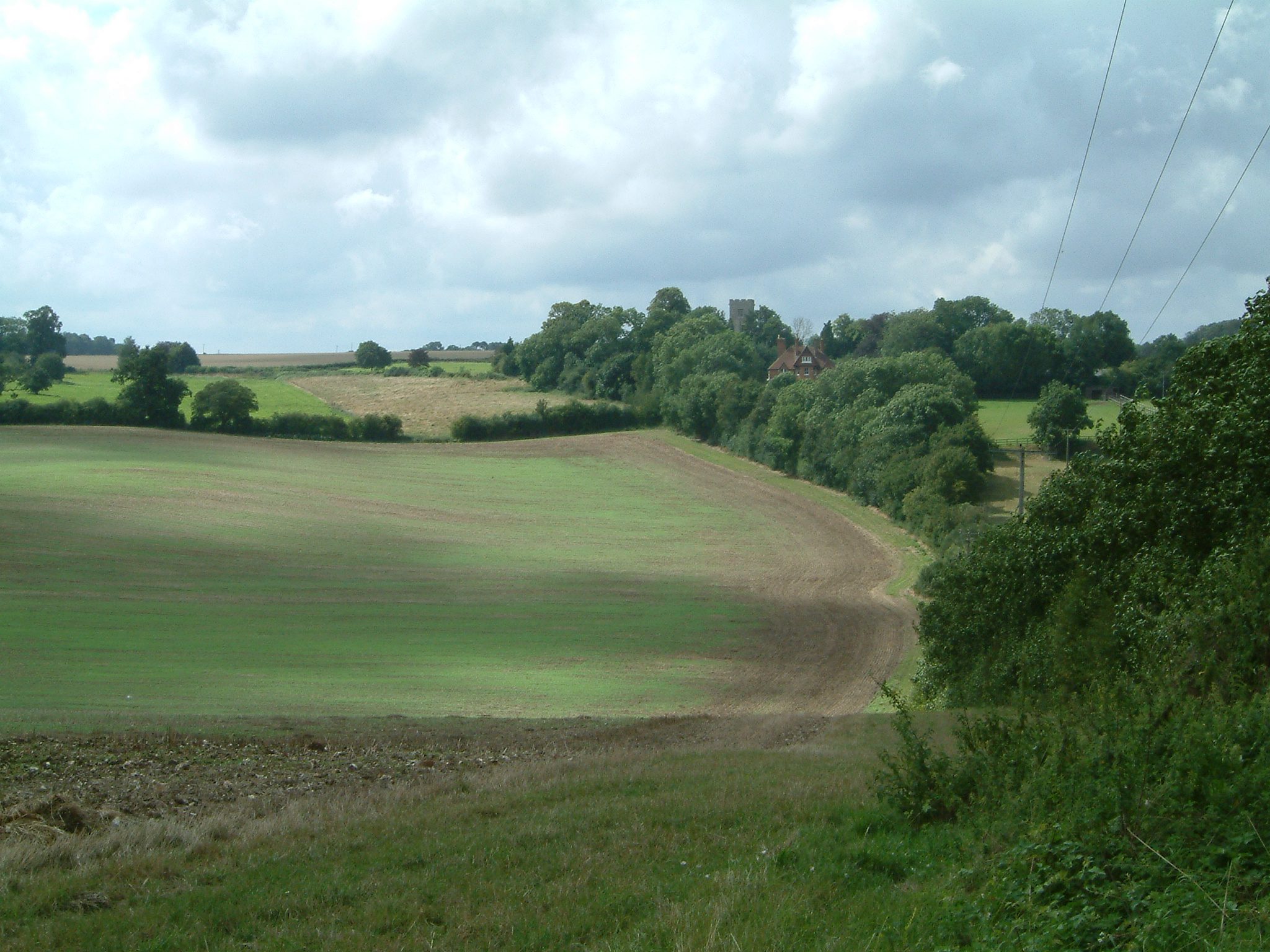The National Planning Policy Framework (NPPF), as amended in July 2021, sets out Government’s policy for planning in England and local authorities must have regard to this in reaching planning decisions and preparing their local plans. The NPPF confirms that AONBs are equivalent to National Parks in terms of their landscape quality, scenic beauty and planning status.
At the heart of the NPPF is a presumption in favour of sustainable development. This is set out at paragraph 11 which states that local planning authorities should meet their objectively assessed development needs and grant development proposals that accord with up to date development plans unless:
- Any adverse impacts of doing so would significantly and demonstrably outweigh the benefits, when assessed against the policies of the Framework taken as a whole; or
- Specific policies in the Framework indicate development should be restricted.
Footnote 7 to paragraph 11 clarifies that ‘specific policies’ include those relating to AONBs.
As such, AONBs can restrict the presumption in favour of sustainable development; it acknowledges that there will be some circumstances where a local planning authority may not be able to meet its objectively assessed development needs owing to the need to prevent harm to AONBs. In such circumstances, a statutory ‘Duty to Co-operate’ allows local planning authorities to share the provision of development needs with neighbouring local planning authorities whose areas may have fewer material restrictions. In respect of development management, this paragraph revokes the presumption in favour of sustainable development where developments would affect an AONB in the case of development plans being absent, silent, or relevant policies out of date.
Relevant paragraphs for AONBs
Paragraphs 176 and 177 of the NPPF specifically relate to National Parks and AONBs.
Paragraph 176:
Great weight should be given to conserving and enhancing landscape and scenic beauty in National Parks, the Broads and AONBs, which have the highest status of protection in relation to these issues. The conservation and enhancement of wildlife and cultural heritage are also important considerations in these areas, and should be given great weight in National Parks and the Broads. The scale and extent of development within all these designated areas should be limited, while development within their setting should be sensitively located and designed to avoid or minimise adverse impacts on the designated areas.
Paragraph 177:
When considering applications for development within National Parks, the Broads and AONBs, permission should be refused for major development60 other than in exceptional circumstances, and where it can be demonstrated that the development is in the public interest. Consideration of such applications should include an assessment of:
a) the need for the development, including in terms of any national considerations, and the impact of permitting it, or refusing it, upon the local economy;
b) the cost of, and scope for, developing outside the designated area, or meeting the need for it in some other way; and
c) any detrimental effect on the environment, the landscape and recreational opportunities, and the extent to which that could be moderated.
The footnote (60) to this paragraph advises that whether a proposal is major development is matter for the relevant decision taker, taking into account its nature, scale and setting and whether it could have a significant adverse impact on the conservation or enhancement of the AONB.
In order to comply with this policy it is clear that ‘great weight’ needs to be applied to conserving and enhancing the landscape and scenic beauty of AONBs both in preparing local plans and in considering planning applications. Decision takers will need to take into account other material considerations but should provide reasoned justification if other considerations are given greater weight than that given to the conservation of the landscape and scenic beauty of AONBs.
In respect of assessing proposals that constitute major development, Paragraph 177 is clear that both the requirements of exceptional circumstances and public interest must be met. The assessments listed in the paragraph are mandatory, as indicated by the use of the word “should” and confirmed in case law (Wealdon DC v Secretary of State for Communities and Local Government). In this high court decision, the process for consideration is described: “Once the [decision taker] has investigated and assessed the matters identified in the three bullet points, as well as any other relevant considerations, he must then decide whether “exceptional circumstances and the public interest mean that the presumption against development in an AONB is rebutted in the particular case”.
Planning Practice Guidance
The National Planning Practice Guidance is published by Government to provide amplification on the NPPF and explain key issues in implementing the policy Framework. The guidance on Areas of Outstanding Natural Beauty was updated in 2019.
The Guidance confirms that the Duty of Regard set out at Section 85 of the Countryside and Rights of Way Act 2000 is applicable to all local planning authorities and is relevant in considering development proposals that are situated outside of AONB boundaries but which impact on their setting. It is also confirmed that AONB Management Plans are relevant to local authority planning policies and assessing planning applications.
The requirement for the scale and extent of development to be limited within AONBs is reiterated and it is advised that it may not be possible to meet objectively assessed needs for development in full through the plan-making process, and that it is unlikely that AONBs will be suitable areas for accommodating unmet needs from adjoining (non-designated) areas.
It is advised that all development in AONBs will need to be located and designed in a way that reflects their status as landscapes of the highest quality. It is also recognised that where poorly located or designed, development within the settings of AONBs can do significant harm. Further advice on the setting of the Kent Downs National Landscape can be found in the Kent Downs National Landscape Setting Position Statement.

